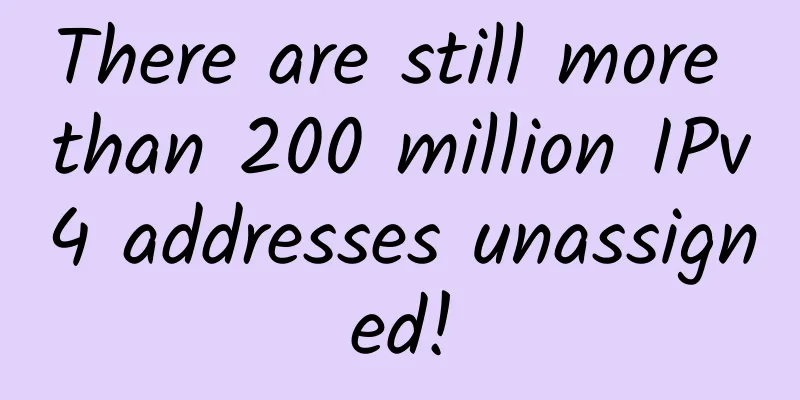Edge computing and 5G drive post-pandemic economic recovery

|
Will edge computing and 5G drive a post-COVID-19 economic boom? There is no doubt that the COVID-19 crisis of the past year has accelerated digitalization and, with it, awareness of the potential of edge and 5G computing. Across all industries, the need to accelerate digital transformation is greater, reinforcing the necessity of edge and 5G. In short, 5G and edge computing technologies could be the key to global economic recovery. The claim comes from analysis by KPMG, based on research conducted jointly with International Data Corporation (IDC). The study identified five industries - manufacturing, healthcare, transportation, environmental monitoring and gaming - that are expected to grow with the combination of 5G and edge computing. Analysts at KPMG-IDC estimate that the market size for these five major markets alone will exceed $500 billion within the next two years. The KPMG-IDC team identified the types of edge and 5G opportunities arising from these five key areas: Manufacturing : The KPMG-IDC report states that edge and 5G are expected to create a 51% incremental addressable market in manufacturing, growing from $136 billion to $206 billion by 2023. “The world is moving toward highly automated factories, where sensors analyze data from every corner and artificial intelligence continuously adjusts production to meet demand,” said the report’s authors, led by Alex Holt, KPMG’s global head of telecommunications and media. The ‘Covid-19 effect’ shapes manufacturing edge initiatives. “Many factories may have been forced to close during the pandemic, but the benefits of 5G and edge computing to manufacturing environments are so compelling that it could be the key to accelerating manufacturers’ recovery. By accelerating digitalization, manufacturers can reduce costs and increase the speed and quality of their products. Those companies that are able to make the upgrades will likely leave their peers behind as the market recovers.” Healthcare : The report states that edge and 5G are expected to create a 66% addressable market in healthcare, growing from $27 billion to $45 billion by 2023. "Healthcare is arguably the biggest beneficiary of better data and AI than any other industry. Whether in the hospital or out in the community, patients are constantly monitored by sensors that collect and analyze health information and alert doctors and caregivers. Devices may include blood glucose meters, blood pressure cuffs, heart monitors, oximeters, and other wearables. The hospital of the future can also track the location and performance of its high-value medical devices." Transportation : Edge and 5G are expected to create a 100% incremental market in the smart transportation market, from $12 billion to $24 billion by 2023, Holt and his co-authors said. “There is a lot of discussion around the potential of smart cities. Data from sensors can tell transportation operators and passengers about performance and problems, and keep passengers up to speed on scheduled times and delays. At the street level, traffic management becomes easier with real-time updates on hotspots, roadworks, and incidents, which in turn informs travelers and their navigation systems. Parking is also less of a hassle with instant identification of vacant spaces.” Environmental Monitoring: The KPMG-IDC team reports that Edge and 5G are expected to create a 78% addressable market in government environmental monitoring, increasing from $2.8 billion to $5 billion by 2023. “Environmental and healthcare agencies and local authorities need to access and analyze complex data from multiple sources to make informed decisions, such as diverting traffic, restricting access to geographic areas, or taking action against hazardous substances. The world will increasingly rely on monitoring and detection to keep citizens, organizations, and supply chains safe, and to help minimize disruptions to daily life.” Gaming : Holt and his co-authors predict that Edge and 5G have the potential to create a 30% increase in the addressable market in gaming, from $180 billion to $236 billion, by 2023. “The advent of AR/VR is creating incredibly vivid, lifelike experiences that require world-class connectivity to perform at the highest level. Gamers require ultra-fast connections and extremely low latency to support advanced graphics and content streamed to multiple players simultaneously. 5G and edge computing will literally bring gamers into a new reality, and it’s exciting for everyone in the ecosystem.” |
>>: Getting started with Serverless quickly | Getting started lesson 1
Recommend
Starting from a large amount of real data, we analyze the employee remuneration of China Unicom
China Unicom released its 2020 performance report...
Gartner lamented that there has never been such a volatile market in 25 years
According to Gartner's forecast, global IT sp...
Cisco Global Senior Vice President Jeetu Patel: Webex virtual experience is 10 times better than face-to-face experience!
[51CTO.com original article] Cisco recently organ...
Huawei P20 is hot in Northern Europe, with frequent out-of-stock and Aurora color models hard to come by
Every spring is a good time for major mobile phon...
How to deploy 5G and edge computing?
The telecommunications sector around the world is...
CloudCone Easter Promotion: $15/year KVM-1GB/30GB/3TB/Los Angeles Data Center
CloudCone offers three special VPS packages for t...
You are still 11 certifications away from being an IT boss
There is a saying that success is not difficult, ...
International roaming fee reductions are aimed at the wallets of people traveling abroad
When traveling abroad, you always have to rent wi...
5G technology enables smart transportation, and operators add more ingredients to make the cake bigger
Recently, the Ministry of Transport, together wit...
How will operators charge in the 5G era? IT leaders say...
2019 is the first year of 5G commercialization. S...
New report identifies progress and benefits across the 5G network lifecycle
Infovista welcomes TM Forum’s new industry survey...
Tudcloud: Hong Kong VPS with 20% off monthly payment and 30% off annual payment starting from $7.2/month, with options of large bandwidth or unlimited traffic
Tudcloud has launched this month's regular pr...
The Internet of Things in the 5G Era
The government envisions making India a $5 trilli...
CrownCloud: $5/month KVM-2GB/30GB/2TB/Los Angeles & Germany & Netherlands & Atlanta
The tribe has shared news about CrownCloud many t...
TCP three-way handshake: in-depth understanding and C# example implementation
In computer network communications, TCP (Transmis...









